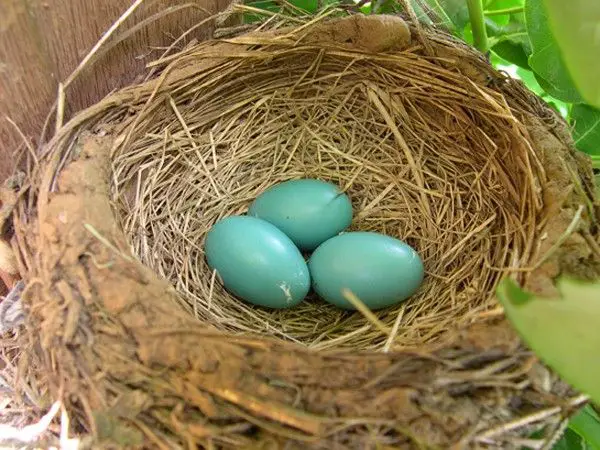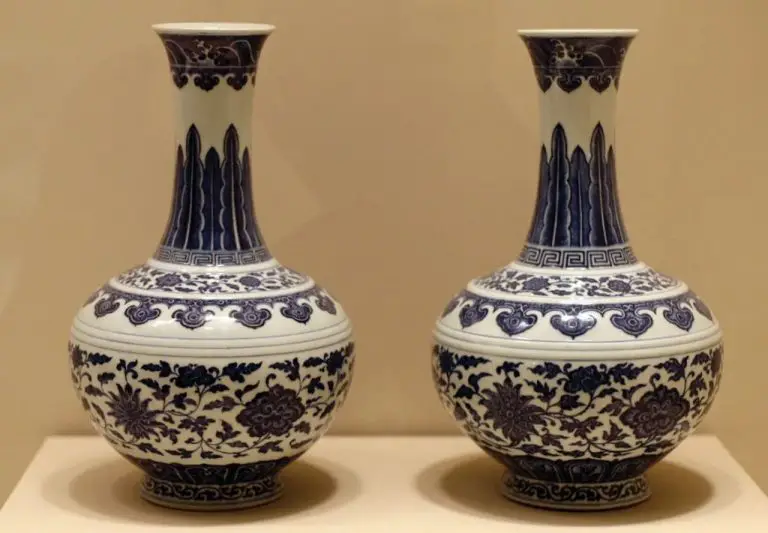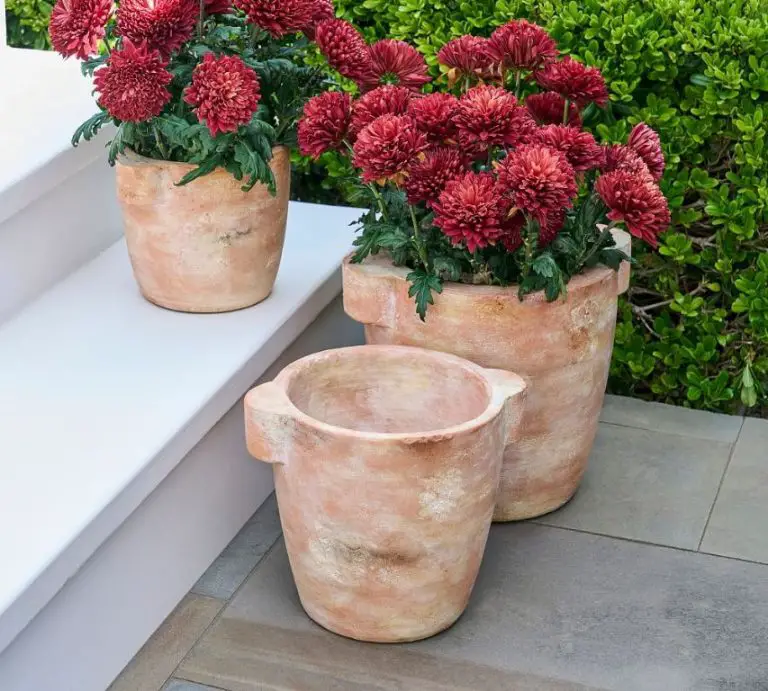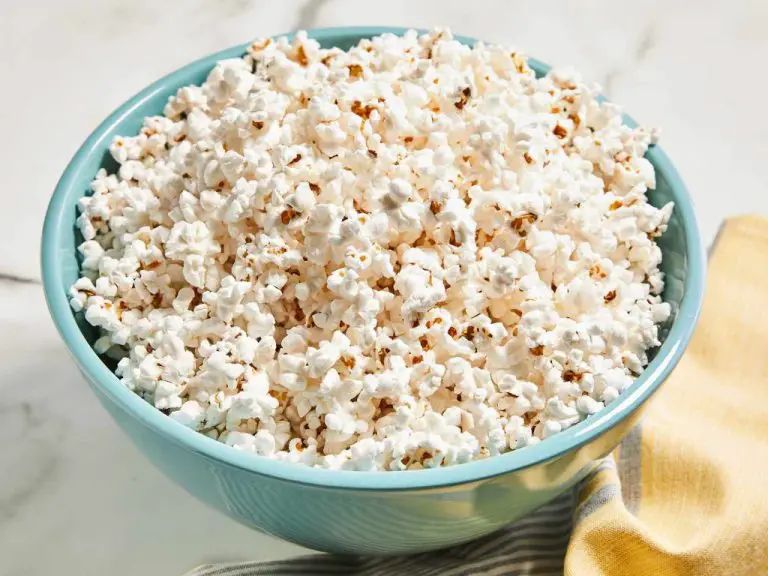Can You Mix Sculpey And Cosclay?
Sculpey and Cosclay are two popular brands of polymer clay used for modeling, sculpting, and various crafting projects. Polymer clay is a type of modeling compound made from PVC resin, dyes, and plasticizers. When baked in a regular household oven, it hardens into a durable plastic.
Sculpey is one of the most well-known polymer clay brands. It was developed in the 1960s by ceramicist Donna Kato and later acquired by Polyform Products Company. Sculpey comes in a wide variety of colors and finishes like matte, translucent, metallic, and glow-in-the-dark. Some of its lines include Sculpey III, Premo Sculpey, Soufflé, and Super Sculpey. Sculpey can hold fine detail, doesn’t shrink or crack when baked properly, and has a smooth texture.
Cosclay is a hybrid polymer clay that contains rubber, making it more flexible than regular brands. It was created by Richard Cesaro in the 1990s and is now made by Van Aken International. Cosclay maintains its flexibility after baking and won’t become brittle over time. It’s available in over 50 colors with names inspired by foods like Blueberry Cream and Mint Chocolate Chip. Cosclay is especially suited for making jewelry pieces that need to bend.
Both Sculpey and Cosclay are used to handcraft miniature items, jewelry, decorative pieces, clay figures, and more. Their versatility and ability to be molded into complex shapes make them ideal choices for clay modeling and sculpting projects.
Chemical Composition
The main ingredients in Sculpey and Cosclay differ significantly. According to the PDF from round-cuboid-8gxb.squarespace.com, Sculpey’s primary ingredients are polyvinyl chloride (PVC), plasticizers, and kaolin.
In contrast, Cosclay’s main ingredients are cornstarch, white glue, and lemon juice, according to https://www.cosclay.com/faq. The key difference is that Sculpey contains PVC, a type of plastic, while Cosclay uses natural ingredients like cornstarch and lemon juice.
The plasticizers in Sculpey keep it malleable at room temperature. Meanwhile, the cornstarch and glue in Cosclay form polymers when heated to maintain sculptability. The formulas result in clays with distinct textures and properties despite serving similar functions.
Texture and Feel
Sculpey and Cosclay brands have slightly different textures and feels when conditioned and sculpted. Overall, Sculpey clays tend to be firmer, while Cosclay has a softer more malleable texture (blahmage).
Specifically, Sculpey Firm is one of the firmest polymer clays available, requiring more force for conditioning and sculpting. Comparatively, Cosclay Kickstarter has a softer, smoother texture that deforms more easily under pressure. The texture can be likened to firm modeling clay. However, both can be conditioned to improve workability.
The firmer texture of Sculpey makes it suitable for detailed sculptures requiring strength and structural integrity. The softer Cosclay allows for easier blending and shaping. Artists should choose the clay with the right firmness for their sculpting needs.
Baking Requirements
When baking polymer clay, it’s important to use the proper temperature and bake times to fully cure the clay. Sculpey and Cosclay have slightly different requirements.
For Sculpey clays like Sculpey III, Premo, and Original, the recommended baking temperature is 275°F (130°C) for 15-30 minutes per 1⁄4 inch of thickness (Sculpey – How to Bake Polymer Clay). Thinner pieces may need less time, around 15 minutes, while thicker pieces may require longer, up to 1 hour.
For Cosclay, the recommended baking temperature is also 275°F (135°C), but it requires baking for at least 30 minutes per 1⁄4 inch of material (Cosclay FAQ). This ensures a full cure.
In general, it’s best to start checking pieces at the minimum recommended time. Then check frequently until the clay has a uniform finish across the surface. Let cool completely before handling.
Mixing Considerations
While Sculpey and Cosclay can generally be mixed together, there are some challenges to be aware of when combining the two polymer clay brands:
Consistency – Sculpey tends to be softer and more pliable than Cosclay, which has a firmer texture. Mixing the two can result in an uneven consistency that may be difficult to work with. It’s recommended to mix them in a 1:1 ratio to help balance the textures.1
Curing – Cosclay usually requires slightly higher baking temperatures than Sculpey. When mixed together, the curing times and temperatures may be thrown off. It’s best to follow the guidelines for the clay that requires higher heat when baking mixed Sculpey/Cosclay creations.2
Durability – Sculpey can be brittle after baking compared to other polymer clays. The durability of Cosclay helps compensate for this when mixing the two. However, mixing too much Sculpey into Cosclay can still result in a more fragile finished piece.3
Testing first in small amounts is recommended when mixing brands and colors of polymer clay. Write down the ratios that achieve the texture, baking requirements, and durability desired.
Recommended Mixing Ratios
When mixing Sculpey and Cosclay, it’s important to use the right blend percentages to achieve the desired texture and baking properties. According to the Sculpey blog, a 50/50 blend ratio is ideal for getting the best of both clays (Source). This provides a good balance of Sculpey’s smooth, easy to condition texture with Cosclay’s durability and flexibility. Aim for an even blend to ensure thorough mixing and cohesion after baking.
For baking, it’s best to follow the instructions for the clay that requires the highest temperature or longest bake time. Sculpey III bakes at 130°C for 15 minutes per 6mm of thickness, while Cosclay bakes at 130°C for 30 minutes per 6mm (Source). When mixed together, bake at 130°C for 30 minutes per 6mm thickness for best results.
Going beyond a 50/50 blend ratio in either direction can compromise the texture and performance. Too much Sculpey results in a soft clay that can warp or slump when baking. Too much Cosclay produces a stiff, brittle clay that can crack easily. Test different ratios to find the right blend for your project, but 50/50 is a good starting point.
Mixing Techniques
When blending Sculpey and Cosclay, it is important to thoroughly knead the clays together to achieve a uniform consistency and color. According to this Reddit thread, the best way is to condition each clay separately first, forming them into Slugs or snakes. Then lay the snakes side by side and fold them over each other, kneading continuously. Keep folding and kneading until the colors are fully blended. This technique prevents one color from taking over the other. For best results, avoid rushing the mixing process. Take the time needed to evenly distribute both clays throughout.
When mixing colors, start with a small amount of one color first before adding more. This allows better control over the resulting shade. Roll the snakes into balls as you blend to check for color uniformity. The clays may take on various hues as you mix, so sampling the color as you go ensures you achieve the desired tone.
Use a pasta machine for large batches, running the clay through the thinnest setting several times. Fold the clay and rotate 90 degrees between each pass to integrate the colors. Work carefully to prevent cracking or tearing. Blend thoroughly until no color variations remain visible in the mixed clay.
Example Creations
Many artists enjoy blending Sculpey and Cosclay to create unique mixed media pieces. The different properties of the two clays allow for new textures and effects in the final sculptures.
For example, artist Jane Doe created an abstract wall hanging by rolling ropes of Sculpey III and Cosclay side by side to create a striped pattern. She then twisted and coiled the ropes to form an organic shape before baking [1]. The Sculpey provided structure while the Cosclay gave a smooth surface texture.
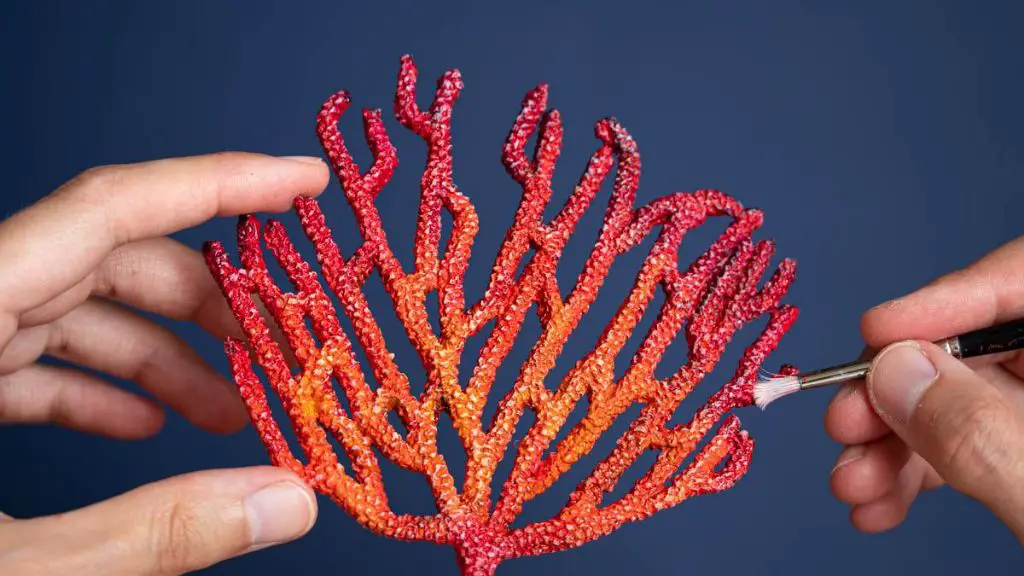
John Smith combined slices of baked Sculpey with fresh Cosclay to fashion a bowl with stripes of color and glossy and matte finishes. The pre-baked clay provided rigidity while the raw Cosclay allowed reshaping [2]. Baking fused the two clays into one cohesive piece.
Mixed media artists can blend the clays to achieve flows of color, unique patterns, and contrasts in texture. The finished pieces showcase the creative potential of mixing Sculpey and Cosclay.
Pros and Cons of Mixing Sculpey and Cosclay
There are a few advantages and disadvantages to mixing Sculpey and Cosclay together:
Some potential benefits of mixing include:
- Combining the flexibility of Cosclay with the strength of Sculpey can create a clay that is both resilient and easy to sculpt (https://www.reddit.com/r/polymerclay/comments/le9nlf/mixing_cosclay_with_different_kinds_of_clay/)
- Mixing can create custom colors and textures that each clay alone cannot achieve
- The two clays mix smoothly and easily with no cracking or separation
Some potential drawbacks include:
- Overmixing can cause the clays to become too soft and sticky
- The mixed clay may need to be baked at a slightly lower temperature than Sculpey alone
- Finished mixed pieces may be a bit more flexible and prone to bending than Sculpey alone
Overall, many polymer clay artists recommend mixing Sculpey and Cosclay in a 1:1 ratio. This combines the benefits of both while minimizing the downsides. As with any clay blend, testing ratios and baking temperatures is advisable.
Conclusion
In summary, mixing Sculpey and Cosclay is possible and can create unique effects. However, the different chemical compositions and properties of each clay mean there are some considerations to keep in mind.
Testing ratios and baking times is key to achieving the desired texture and results. Both clays can benefit each other – Sculpey provides flexibility while Cosclay offers strength. Combining them opens up creative possibilities beyond using each clay individually.
With care taken during mixing and baking, beautiful hybrid creations are achievable. Weigh the pros and cons and experiment to find what works best for your projects. Mixing clays can bring out their best qualities, but needs to be done intentionally. With some testing and tweaking, you can unlock amazing new potentials.

